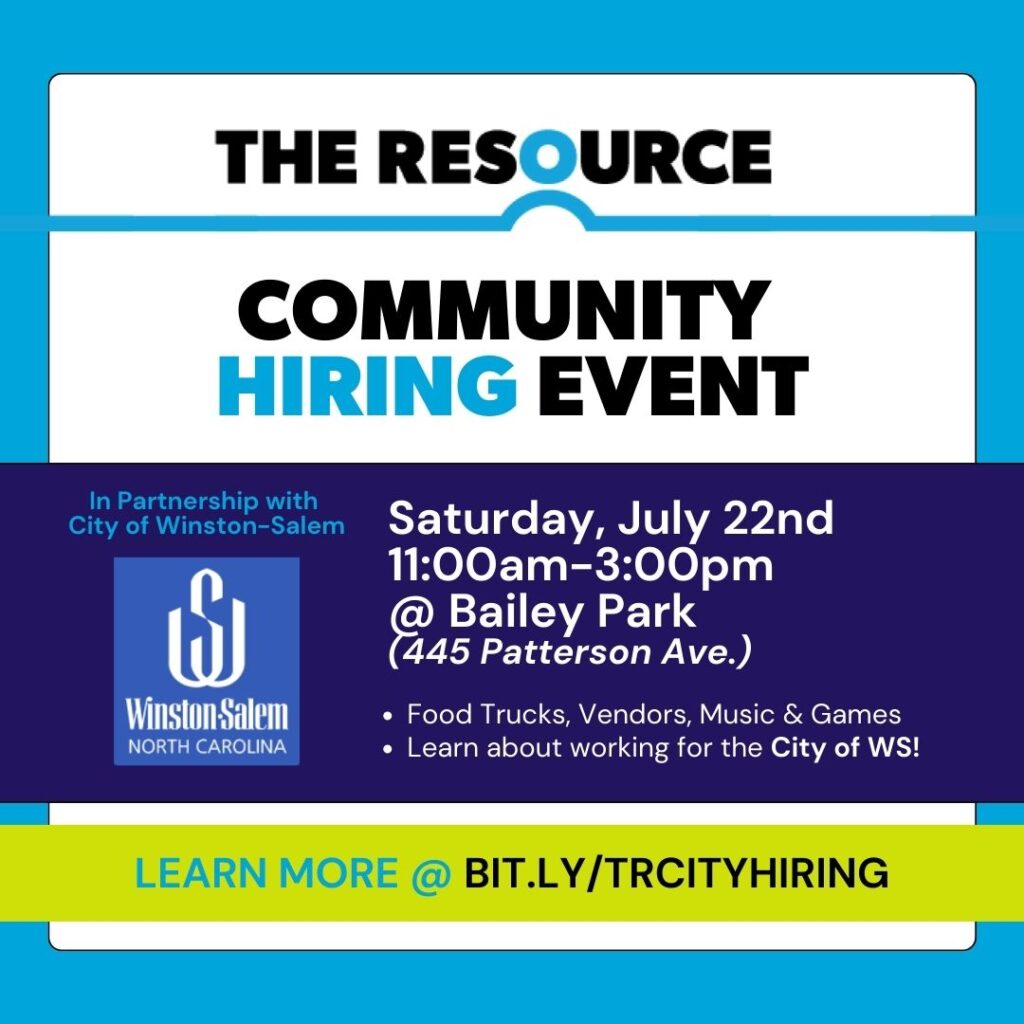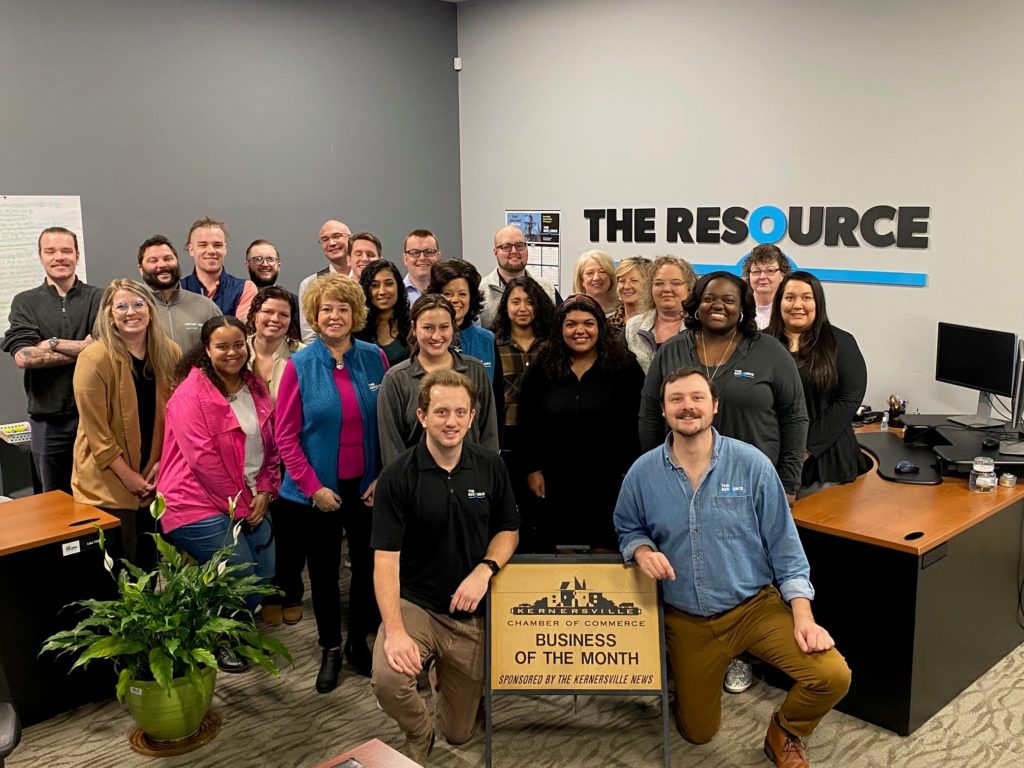Love it or hate it—every workplace has its own jargon. If you’re a newbie, unfamiliarity with those terms can leave you feeling confused (and maybe a bit like an outsider, too). If you’re an old timer who knows the vocabulary list backward and forward, being able to wield those terms yourself can make you feel like a member of an exclusive club. Merriam-Webster online offers this definition of jargon: “the technical terminology or characteristic idiom of a special activity or group.” It also presents this second definition: “obscure and often pretentious language marked by circumlocutions and long words.” Both types of jargon are prevalent in the corporate workplace. And more times than not, “office speak” lands squarely in both categories simultaneously. The various parts of an organization each have their own specialization, and sometimes jargon can arise when a department or team needs a shorthand for communicating about its particular area of interest. Over time, some of that vocabulary can get picked up and adopted by other parts of the organization and eventually spread throughout the entire industry (and even farther afield). For example, consider some of the jargon commonly used by those of us in HR, management, and talent acquisition professions: And of course we also have to work with a ton of jargon about laws and agencies that have anything to do with compliance, benefits, and employment issues. These include FMLA (Family and Medical Leave Act), FLSA (Fair Labor Standards Act), BLS (Bureau of Labor Statistics), OSHA (Occupational Safety and Health Administration), ADA (Americans with Disabilities Act), and many others. All of this is terminology that’s widely shared among people in those fields. When we communicate with nonspecialists or “outsiders” though, we usually need to define or gloss many of those terms just to be absolutely certain they are understood. Jargon gets a bad rap, but it doesn’t always merit that negative reputation. Sometimes it can be a very efficient way to communicate. (For example, “ATS” rolls off the tongue far more easily—and is quicker to type—than “applicant tracking system.”) Problems arise when jargon impedes comprehension (a downside that can be mitigated somewhat by defining the terms) or when it crosses the line into cliché. I hope you’ve appreciated this deep dive into workplace jargon. (See what I did there?) It’s okay to use jargon—we all do—as long as you use it mindfully and with awareness of how it’s being received. Sometimes it can be a useful shortcut when communicating with certain audiences. But if you find that it’s getting in the way of expressing meaningful ideas clearly, it’s probably time for you to pivot and use different language.











